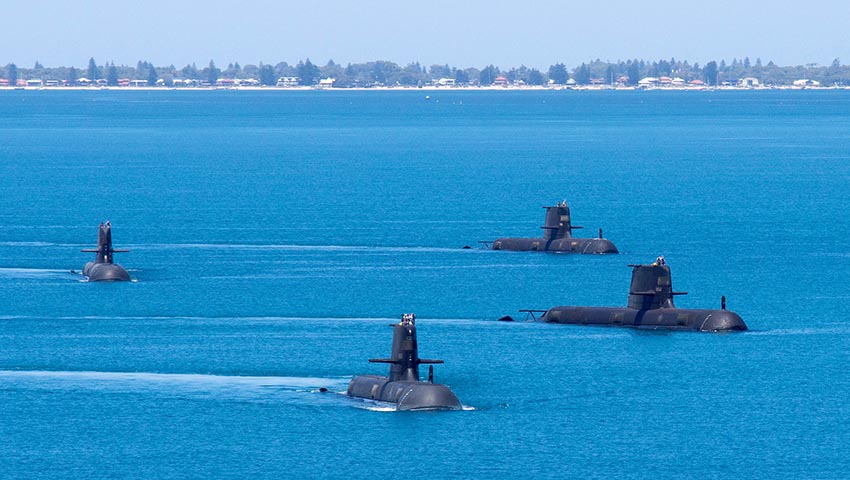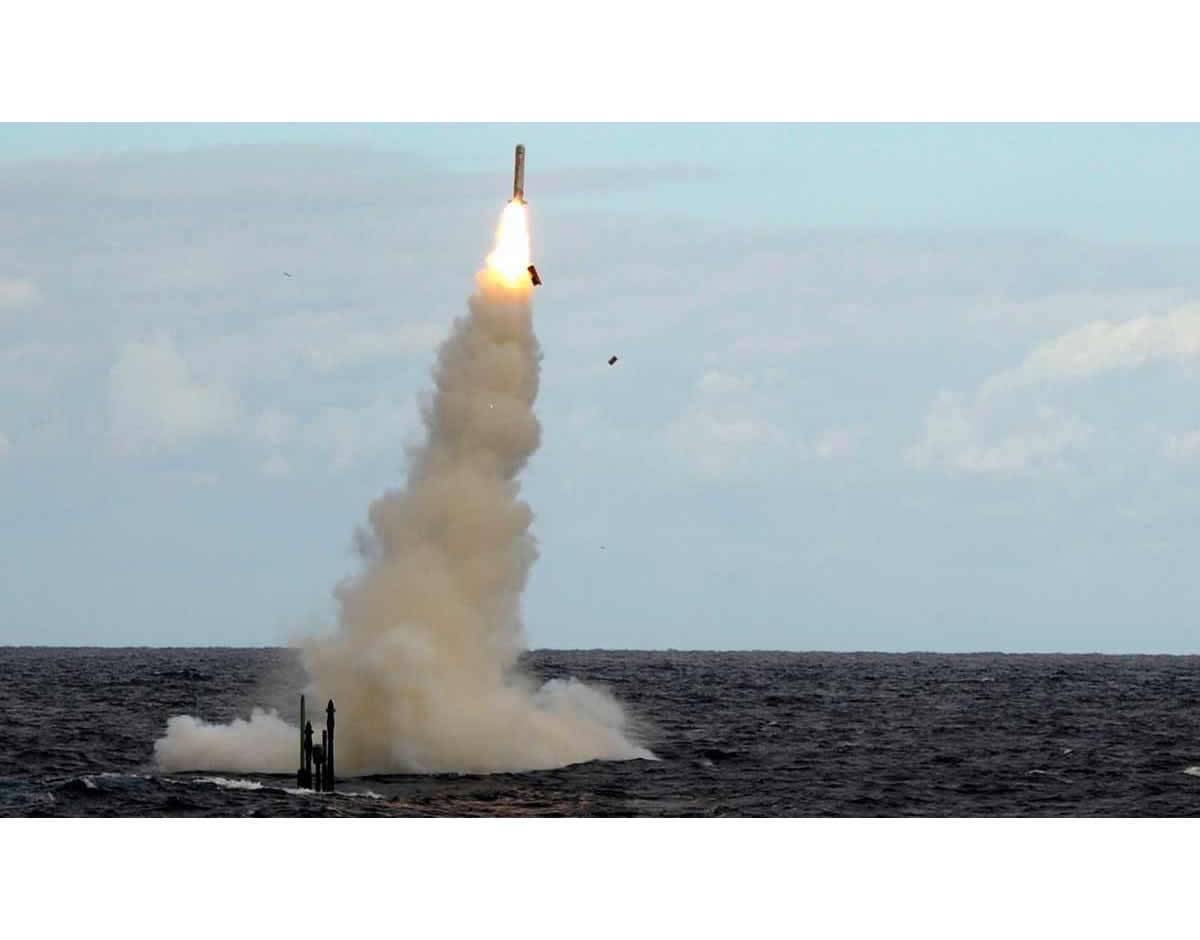Here’s a rather good read… like a Cluedo board game mystery.
www.australiandefence.com.au/news/who-killed-the-attack-class
Who killed the Attack-class?
By Ewen Levick | Melbourne | 10 May 2022www.australiandefence.com.au/news/who-killed-the-attack-class
In hindsight, two pictures emerge: one of significant American influence in Australia’s defence capability decision-making; and another of an effort from within the Morrison government to undermine its own program.
This goes far beyond submarines. The death of the Attack-class fits a pattern of behaviour (pre-dating the Morrison government) that was also evident in the replacement of the Tiger Armed Reconnaissance Helicopters, the MRH 90 Taipans and the Elbit (ELSA) Battle Management System (BMS).
The pattern is simple: generate negative press about a platform, then pin the blame on defence industry for a costly replacement.
On August 27 2021 – around the time VADM Mead was in Washington – Greg Sammut, General Manager Submarines for CASG, sent an email to Moriarty that has since been obtained by the media under FOI. Sammut said: “The schedule forecasts delivery of the first Attack class submarine within the window August 2033 to February 2035 at a confidence level of 80 per cent.
“The updated program cost estimate is $46.4 billion in 2016 constant dollars, which remains within the original acquisition cost estimate of $50 billion in 2016 constant dollars announced at the outset.
“Naval Group work collaboratively with Defence since then to achieve substantial progress, and there are no extreme program strategic risks.”
On 31 August, Moriarty responded: “[This] is a reflection of… the good working relationship that you and your team has established with Naval Group and LMA. I will ensure that the good progress to date is part of the advice we take to Government »



